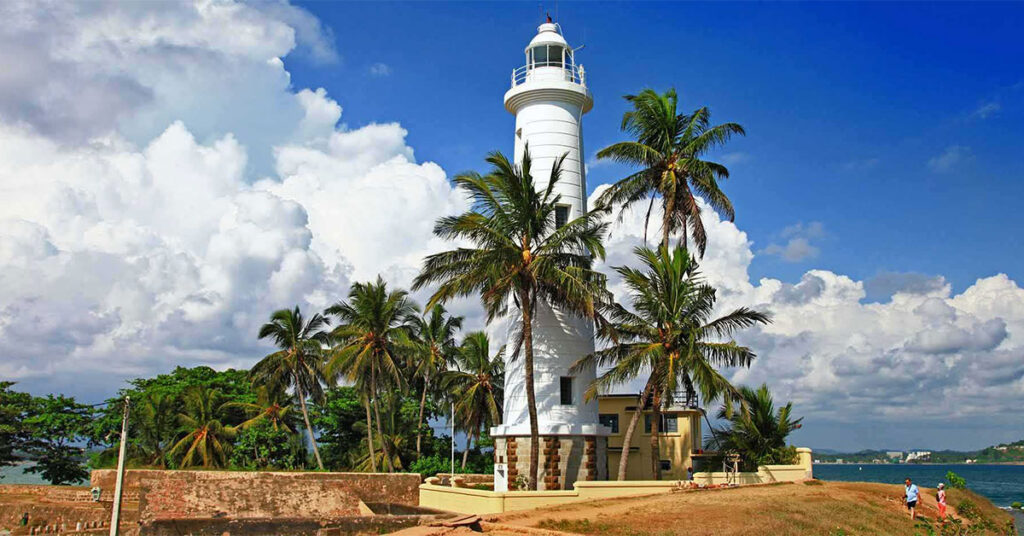Sri Lanka, an island nation in the Indian Ocean, is well known for its extensive and historically significant cultural legacy. A melting pot of various cultures, religions, and races, the nation has influenced the island’s history, architecture, fine arts, and food. The cultural heritage of Sri Lanka is a reflection of the island’s complicated past and lively present, from the prehistoric kingdoms of Anuradhapura and Polonnaruwa to the colonial-era structures in Colombo. This article will look at some of Sri Lanka’s most amazing cultural legacy, including its famous temples, historic monuments, and traditional arts and crafts.
5. The City of Galle
Beautiful Galle Fort is situated in Galle, a city in Sri Lanka’s southwest, about 110 kilometers from the country’s capital, Colombo, and not far from some of the island nation’s well-known coastal communities, such as Hikkaduwa, Unawatuna, and Mirissa. The sea encircles Galle Fort from three sides due to its location on a rocky peninsula, giving it an ideal location for a fort.
If you just do one thing in Galle, it should be to see the stunning Galle Lighthouse and take in the view of the Fort’s most recognizable landmark, which is perfectly framed by palm palms.
This stunning white lighthouse, which stands on the ramparts of the historic Galle Fort and dates back to 1848 (although the current tower was restored in 1939), directs ships safely into Galle Harbour. Without a question, getting delightfully lost among the weathered lanes and airy Dutch colonial-style structures in the historic center was one of our favorite things to do in Galle Fort.
Fortunately, a large portion of this area escaped the 2004 Boxing Day Tsunami thanks to the high walls of the Fort wall, which means that many lovely relics from ancient, Portuguese, and Dutch colonial times are still on show.
Locals and visitors alike assemble along the fort walls every afternoon at around 5:30 pm to watch the sun set over the Indian Ocean. There are cricket matches being played on the grass below, families are gathered to celebrate the end of the day, and travelers are mingling and chit-chatting as Mother Nature paints the sky in a variety of blue, orange, pink, and purple hues.
The first written accounts of Galle date from the second century AD, when it is first mentioned in Ptolemy’s World Map. According to legend, it was a bustling port that traded with some of the greatest nations of the era, including Greece, Arabia, and China. Cosmas Indicopleustes, a traveler who visited Sri Lanka in the sixth century, also recorded Galle as a port of call for the ship Levant.Ibn Batuta, a famous explorer who lived in the 14th century and visited some of Sri Lanka’s most well-known landmarks at the time, also mentions passing by the port on his trip to Sri Pada and Tenavaram Temple.
When the Portuguese made their first expedition into the (to them) uncharted territories of Sri Lanka in 1505, they first set foot in Galle.
In 1541, they built a Franciscan chapel in addition to the initial fort as a result of their alliance with the local king, which resulted in significant changes to the region. (The chapel’s remnants can still be seen today) The original Santa Cruz fort was a tiny structure made of clay and palm trees that was eventually expanded with a fortification, watchtower, and three bastions.
When the Sitawakan ruler Raja Singha I (1581–1593), who had increased his power, attacked the Portugese’s Colombo base in 1588, they were forced to retreat to Galle. In later years, as resistance to them grew, they turned the fort into a prison camp. Following their joint attack with the reigning Sinhalese king at the time, King Raja Singha II, the fort was captured by the Dutch.
